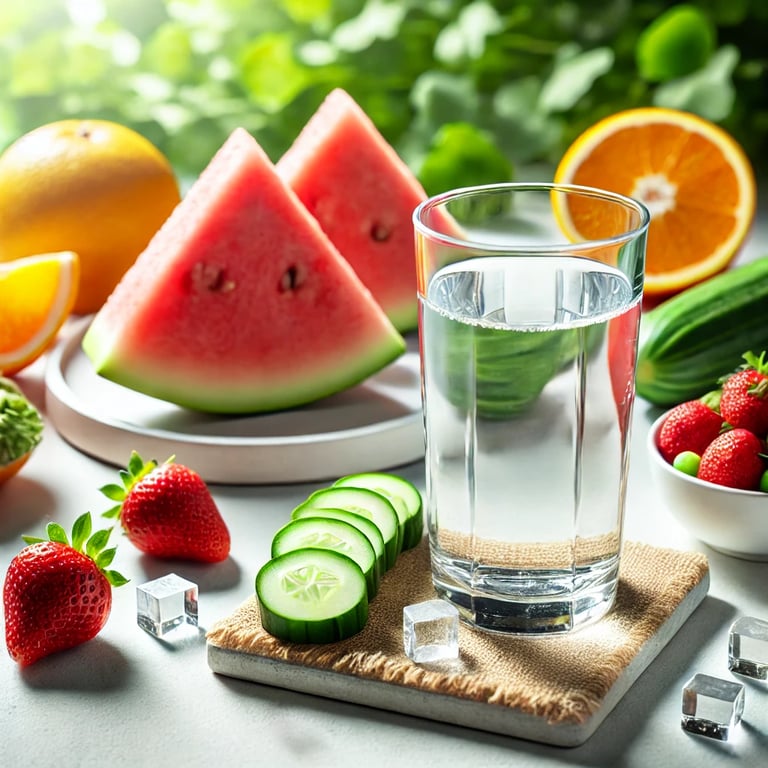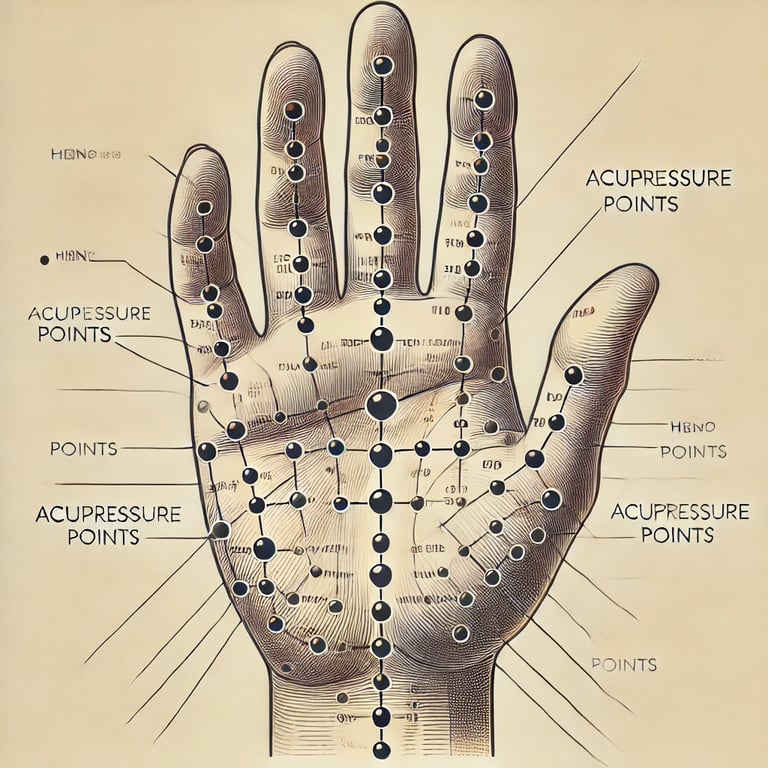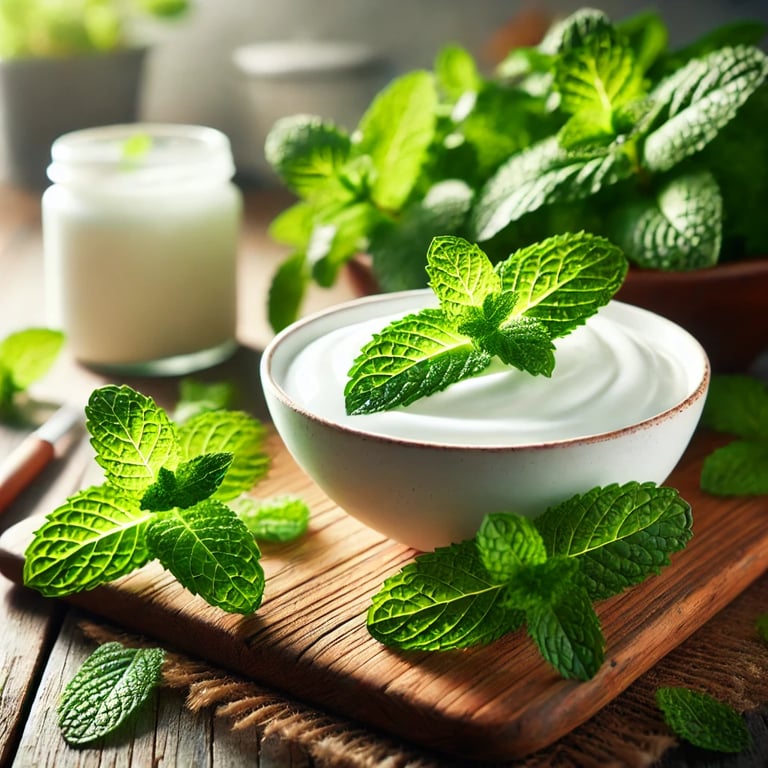Best Homemade Remedies for Headaches: Natural Treatments and Relief
Learn about effective homemade remedies and natural treatments for headaches, including herbal solutions, dietary changes, and relaxation techniques. Get relief from headaches naturally and improve your well-being.
Nature Cure Lab

Headaches can be a common yet debilitating issue, affecting people of all ages and lifestyles. Fortunately, there are numerous homemade remedies and natural treatments that can provide quick relief. In this blog post, we’ll explore the best homemade remedies for headaches, including herbal solutions, dietary changes, and relaxation techniques. Whether you’re dealing with tension headaches, migraines, or headaches caused by cold and cough, these remedies can help you get relief from headaches naturally.
Best Homemade Remedies for Headaches
1. Cold Compress
One of the best remedies for headaches at home is a cold compress. Applying a cold pack or a cloth soaked in cold water to your forehead can help constrict blood vessels and reduce inflammation, providing immediate relief. This method is particularly effective for migraines and tension headaches.
How to Use:
Wrap ice packs or a bag of frozen vegetables in a cloth.
Place it on your forehead or the back of your neck for 15-20 minutes.
Repeat as necessary but take breaks between applications to avoid frostbite.
2. Herbal Teas
Herbal remedies for headaches, such as ginger tea, chamomile, and peppermint tea, can be very effective. Ginger has anti-inflammatory properties that may help reduce headache symptoms, while chamomile can promote relaxation. Peppermint tea can also help relieve sinus pressure that often accompanies headaches.
How to Use:
Brew a cup of ginger, chamomile, or peppermint tea and drink as needed.
3. Hydration
Dehydration is a common trigger for headaches. Drinking plenty of water throughout the day can prevent headaches from occurring. If you’re already experiencing a headache, try drinking a glass of water or a hydrating beverage to help alleviate the pain.
How to Use:
Drink 8-10 glasses of water daily.
Include hydrating foods like cucumbers, watermelon, and oranges in your diet.
Carry a water bottle with you to ensure you are drinking enough throughout the day.
4. Acupressure
Acupressure is a natural remedy that involves applying pressure to specific points on the body. Key points for headache relief include:
Union Valley (Hegu): Located between the thumb and index finger, applying pressure here can help relieve tension headaches.
Third Eye Point (Yintang): Found between the eyebrows, this point can help alleviate stress-related headaches.
How to Use:
Massage the space between the base of your thumb and index finger for a few minutes.
Apply firm pressure to the point where your neck meets the skull.
Press the area between your eyebrows for a few seconds.
5. Essential Oils
Aromatherapy can be a powerful tool in managing headaches. Essential oils like peppermint and lavender can provide soothing effects. Dilute a few drops of essential oil with a carrier oil and gently massage it onto your temples or inhale the scent to promote relaxation.
How to Use:
Peppermint Oil: Dilute with a carrier oil such as coconut oil or jojoba oil and apply to your temples and forehead. The menthol in peppermint oil can provide a cooling sensation that helps alleviate the headache.
Lavender Oil: Inhale the scent directly from the bottle or apply diluted lavender oil to your temples. You can also add a few drops to a diffuser and breathe in the aroma.
6. Sleep and Rest
Lack of sleep can lead to headaches. Ensuring you get enough rest is crucial. If you’re feeling a headache coming on, try lying down in a dark, quiet room for a short nap. This can help recharge your body and alleviate headache symptoms.
How to Use:
Aim for 7-9 hours of quality sleep each night.
Maintain a regular sleep schedule by going to bed and waking up at the same time every day.
Create a relaxing bedtime routine to help you unwind before sleep.
7. Caffeine
For some, a small amount of caffeine can provide quick relief from headaches. A cup of coffee or tea can constrict blood vessels and enhance the effectiveness of pain relief medications. However, be cautious not to overdo it, as excessive caffeine can lead to withdrawal headaches.
How to Use:
Drink a small cup of coffee or tea, but avoid excessive intake.
Be mindful of your caffeine tolerance and try not to rely on it too frequently, as it can lead to rebound headaches.
8. Ginger and Honey
Combining ginger with honey can create a soothing drink that helps reduce headache symptoms. Ginger has anti-inflammatory properties, while honey can help with hydration and provide a touch of sweetness.
How to Use:
Boil fresh ginger slices in water for 10 minutes.
Strain and add honey to the tea. Drink as needed.
9. Warm Compress
A warm compress can be beneficial for tension headaches. Applying a warm towel or heating pad to the neck and shoulders can help relax tight muscles and alleviate pain.
How to Use:
Soak a towel in warm water, wring out the excess, and apply it to your neck and shoulders.
Alternatively, use a heating pad for 15-20 minutes.
10. Relaxation Techniques
Stress is a significant contributor to headaches. Practicing relaxation techniques such as deep breathing, meditation, or yoga can help reduce stress levels and prevent headaches from occurring.
How to Use:
Practice yoga poses and stretches focusing on the neck and shoulders.
Include breathing exercises and meditation to help relax your mind and body.
Aim for at least 20-30 minutes of yoga or stretching daily.
Home Remedies for Specific Headaches
Headache Due to Cold and Cough
If your headache is caused by a cold, try inhaling steam from a bowl of hot water or using a humidifier to relieve sinus pressure. Herbal teas with honey can also soothe your throat and alleviate headache symptoms.
How to Use:
Boil water and pour it into a large bowl.
Place a towel over your head and lean over the bowl, inhaling the steam.
Do this for 10-15 minutes, taking breaks as needed.
Headache Due to Lack of Sleep
For headaches caused by insufficient sleep, prioritize rest and relaxation. Creating a calming bedtime routine can help improve sleep quality and prevent future headaches.
How to Use:
Aim for 7-9 hours of quality sleep each night.
Maintain a regular sleep schedule by going to bed and waking up at the same time every day.
Create a relaxing bedtime routine to help you unwind before sleep.
Hangover Headaches
If you're suffering from a hangover headache, hydration is key. Drink plenty of water and consider having a sports drink to replenish electrolytes. Consuming foods rich in potassium, like bananas, can also help.
How to Use:
Drink water and sports drinks to rehydrate.
Eat potassium-rich foods such as bananas and avocados.
Headache in Children
For headaches in young children, ensure they are hydrated and encourage them to rest in a quiet, dark room. A gentle neck massage can also provide comfort.
How to Use:
Ensure the child drinks plenty of water.
Encourage rest in a quiet, dark room.
Give a gentle neck massage to relieve tension.
Wine Headaches
If you experience headaches after drinking wine, consider drinking water between glasses to stay hydrated. Consuming a small amount of food before drinking can also help mitigate the effects.
How to Use:
Drink water between glasses of wine.
Eat a small meal before drinking to reduce the chances of a headache.
Additional Natural Remedies
Steam Inhalation: Natural Remedies for Congestion Headache
Steam inhalation can help relieve sinus congestion, a common cause of headaches.
How to Use:
Boil water and pour it into a large bowl.
Place a towel over your head and lean over the bowl, inhaling the steam.
Do this for 10-15 minutes, taking breaks as needed.
Apple Cider Vinegar: Home Remedies for Wine Headache
Apple cider vinegar can help balance pH levels in the body and reduce headache symptoms.
How to Use:
Mix one tablespoon of apple cider vinegar in a glass of water and drink.
You can also add honey for additional benefits.
Mint and Yogurt Mask: Natural Remedies for Migraine in Kids
A mint and yogurt mask can soothe and cool the skin, providing headache relief.
How to Use:
Blend fresh mint leaves with yogurt.
Apply the mixture to your forehead and temples.
Leave it on for 20 minutes, then rinse off with cool water.
Lemon Juice: How to Get Rid of Headache Naturally
Lemon juice acts as a natural astringent and can help reduce headache symptoms.
How to Use:
Mix lemon juice with water and drink it.
You can also apply diluted lemon juice to your forehead for a cooling effect.
Chamomile Compress: Home Remedy for Headache Behind Right Eye
Chamomile can reduce inflammation and soothe pain, making it effective for headaches.
How to Use:
Brew chamomile tea and let it cool.
Soak a cloth in the tea and apply it as a compress to your forehead.
Conclusion
Finding the best natural remedies for headaches often involves a combination of approaches tailored to individual needs. Whether you’re looking for quick home remedies or long-term solutions, these strategies can help you get relief from headaches naturally. Remember that while these remedies can be effective, it’s important to consult with a healthcare professional if headaches persist or worsen. By incorporating these natural solutions into your routine, you can manage and prevent headaches effectively.




































INSPIRE
Healing from within for a healthier, happier life.
subscribe
info@naturecurelab.com
© 2024. All rights reserved.




